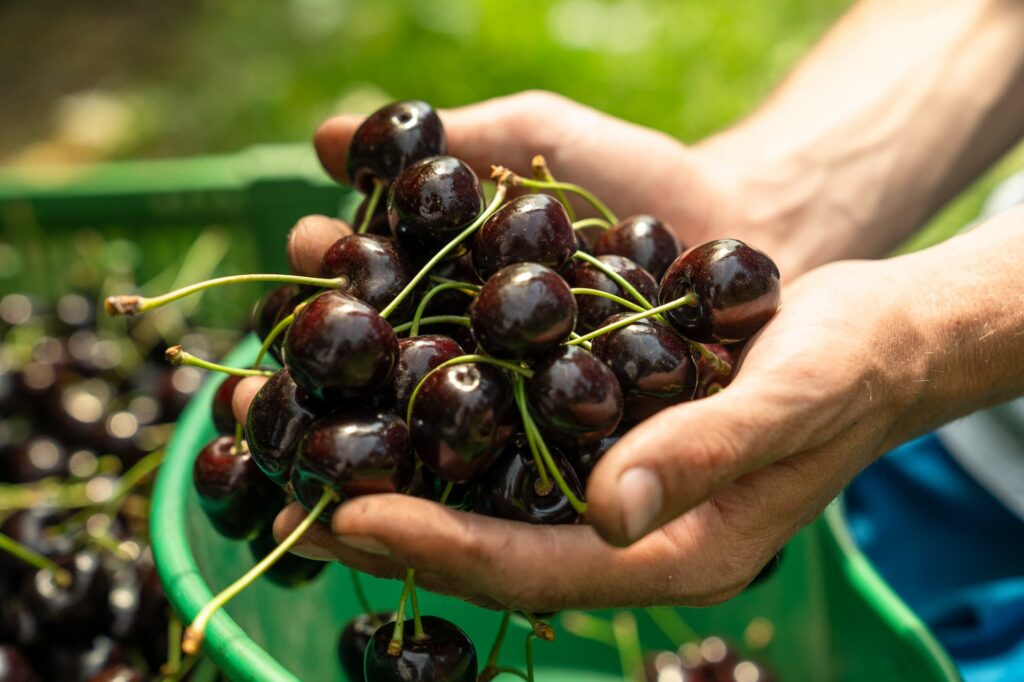Switzerland – a country with an abundance of fruit and vegetables
Fruity strawberries, juicy apples, crunchy carrots or tasty asparagus: whether in modern orchards or varied vegetable fields, Switzerland’s farming families cultivate a large number of well-loved products.
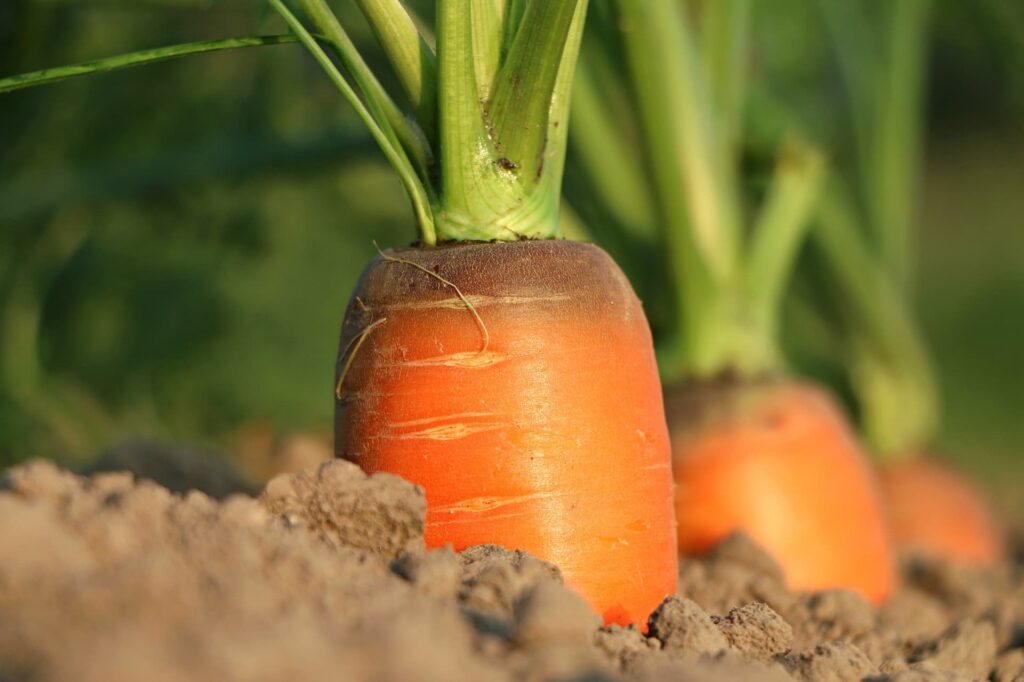
Whether cultivated outdoors or in a greenhouse – Swiss vegetables impress
The cultivation of vegetables is the second most important branch of the Swiss agricultural sector. Vegetable producers cultivate more than 100 vegetable varieties on around 16,000 hectares of land. A distinction is made between outdoor and greenhouse cultivation. While outdoors virtually no infrastructure is required, the vegetables are exposed to the weather. This represents a risk for producers, since the weather can rapidly cause major damage. Typical vegetables grown outdoors include lettuces, beans, peas, cabbages, carrots and onions.
Extended season thanks to greenhouse
Greenhouses protect vegetables from the weather. What’s more, vegetables grow here at times of year during which it would be too cold in the open air. Farming families are thus able to extend the growing season for a range of vegetables in Switzerland. Tomatoes, red peppers and cucumbers are typical greenhouse crops.
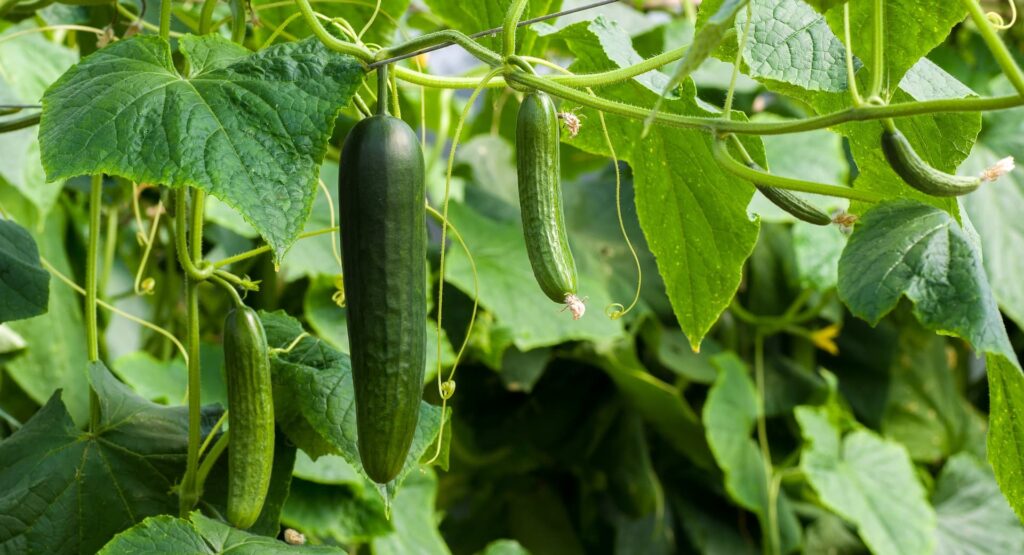
Hors-sol and hydroponics
In the greenhouses, farms often don’t grow the vegetables in the ground, but rather “hors-sol”. The vegetables are grown on a so-called substrate, which may, for example, comprise coconut fibres. This type of vegetable cultivation is both efficient and ecological as the cycles are closed. It necessitates fewer resources such as soil and water and no fertiliser is lost. Furthermore, the risk of the plants being infected by diseases from the soil is also smaller. This reduces the need for pesticides. The use of the hors-sol method is prohibited in organic farming. Organic vegetables must be grown on real soil. Meanwhile, there are also lettuces that grow as “hydroponics”. Here, the lettuce is placed directly in water with its roots and is then sold including the roots. This means that is has a longer shelf life.

Harvest work
In vegetable growing, harvesting involves the most work. While vegetable growers can now harvest a number of vegetables mechanically, such as carrots, this is not possible for other varieties. Skilled pickers thus harvest the asparagus by hand – an intensive and time-consuming job during the asparagus season.
From apples to strawberries
Harvesting fruit is also labour-intensive. Year after year, Switzerland’s farming families pick thousands of apples, pears, apricots and berries. Fruit is cultivated in Switzerland on around 6,000 hectares. On more than half of this area, farmers cultivate different apple varieties. The majority of fruit trees are half-standard trees and are roughly as tall as a person. They yield fruit more regularly than standard trees, while they are also easier to care for and the fruit harvesting process is simpler. Furthermore, smaller trees can be well protected against hail with nets. Additional lateral nets serve to repel pests, meaning that less pesticide is needed.
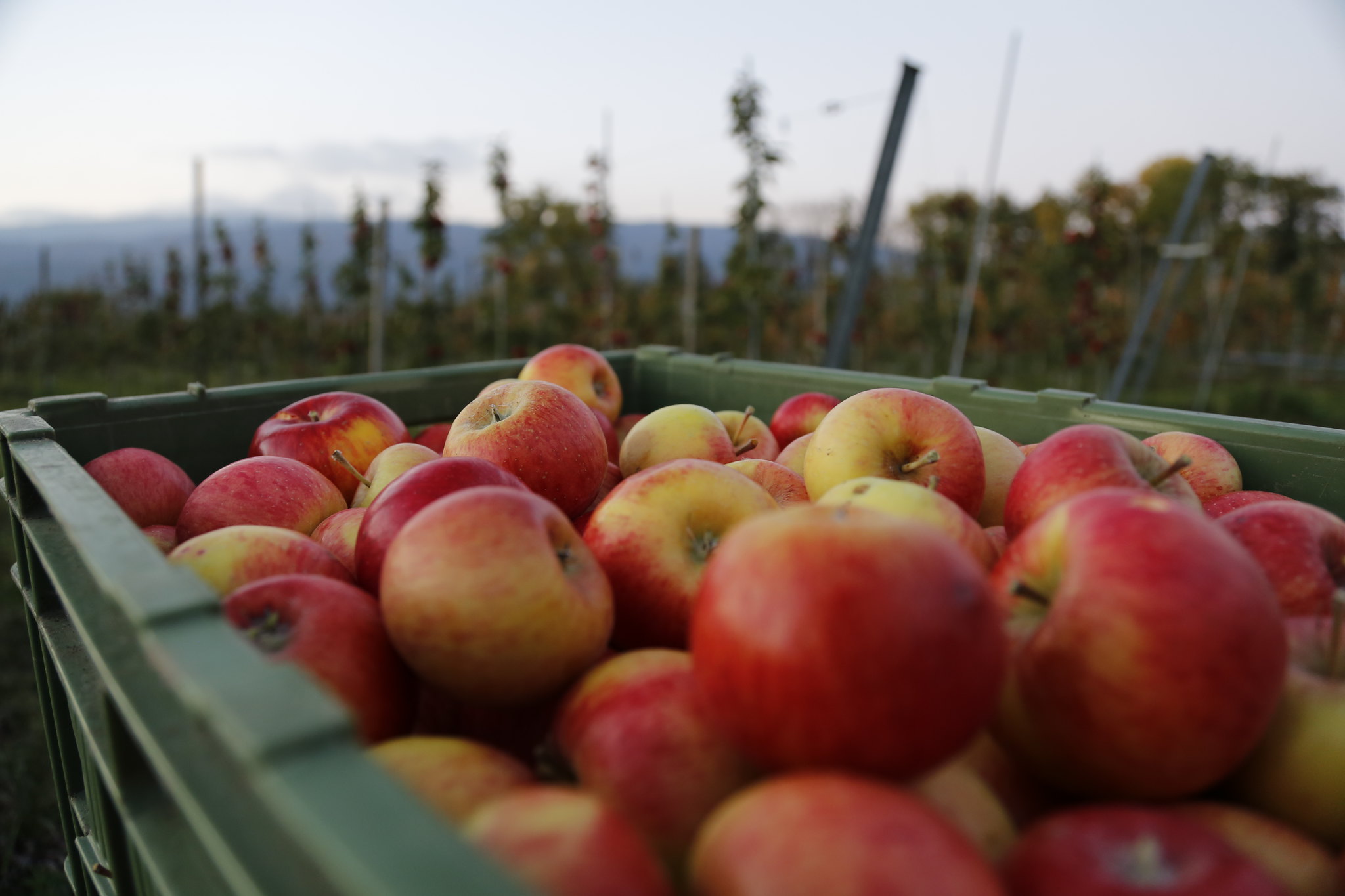
Must fruit
A delicious must, or unfermented fruit juice, calls for a balanced mix of ripe fruit and in-depth know-how. With their high-trunk trees, our farmers are preserving both a tradition and our local biodiversity. It’s a treat that’s good for nature too!

Standard trees
Standard trees are important for biodiversity and this is why the federal government promotes fruit trees that form an important part of the landscape. Their fruit is well suited for processed products such as apple juice, cider and spirits.
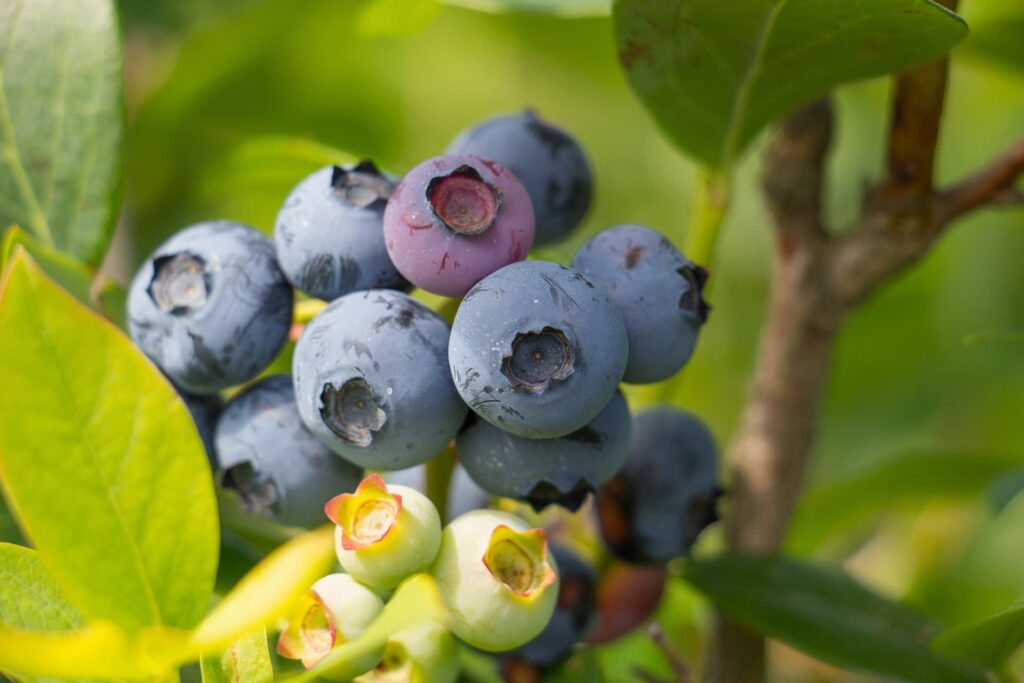
Berry cultivation
Bush berries such as raspberries, blueberries and chokeberries grow on over 400 hectares in Switzerland. As a local superfood, they are in great demand, which is why their cultivation area has been increasing for several years. Strawberries also grow on over 500 hectares. In commercial cultivation, they grow as annual or biennial crops. This is because the older the strawberry plants, the smaller the strawberries.
Winegrowing – the pride of the regions
In various regions of Switzerland, the landscape is shaped by vineyards. The area covered by these vineyards totals around 15,000 hectares. Winegrowers begin with the first pruning of the vines in February. They cut the surplus shoots in spring and the grape bunches in summer. This allows the remaining grapes to grow optimally. Depending on the location, variety and weather conditions, the harvest begins in mid-September and lasts until the beginning of November.
Permanent crops
Permanent crops are used for several years. In addition to various types of fruit and berries such as apples, cherries and blueberries, they also include vines, Christmas trees and asparagus.
